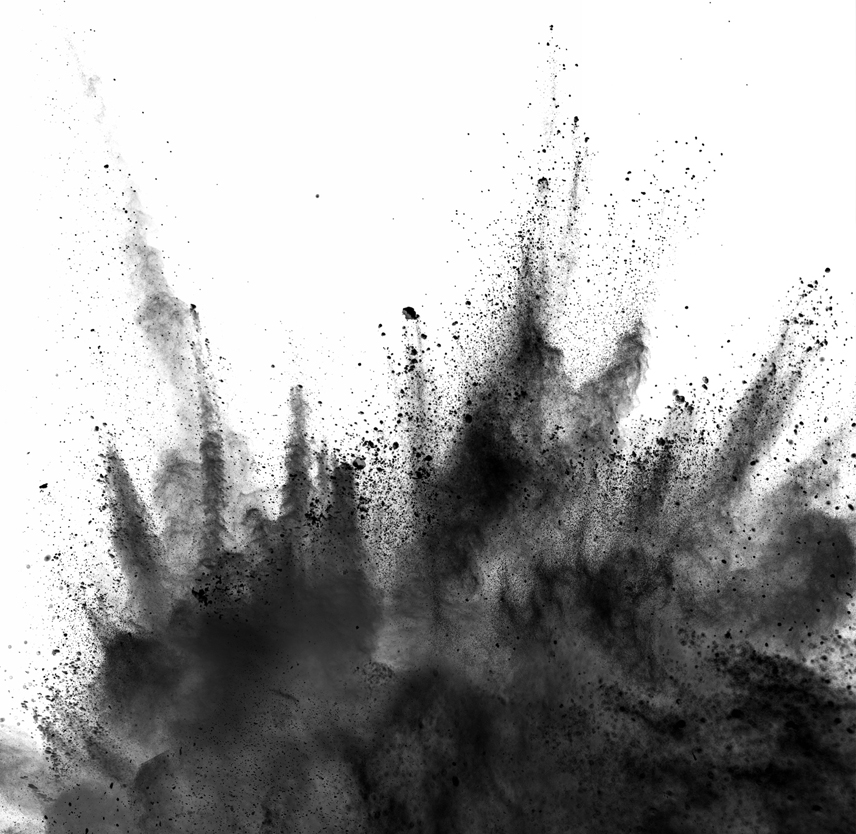
Fievisohn, E., Bailey, Z., Guettler, A., & Vandevord, P. (2018). Primary Blast Brain Injury Mechanisms: Current Knowledge, Limitations, and Future Directions. Journal of Biomechanical Engineering, 140(2), 020806. doi:10.1115/1.4038710
Abstract
Mild blast traumatic brain injury (bTBI) accounts for the majority of brain injury in United States service members and other military personnel worldwide. The mechanisms of primary blast brain injury continue to be disputed with little evidence to support one or a combination of theories. The main hypotheses addressed in this review are blast wave transmission through the skull orifices, direct cranial transmission, skull flexure dynamics, thoracic surge, acceleration, and cavitation. Each possible mechanism is discussed using available literature with the goal of focusing research efforts to address the limitations and challenges that exist in blast injury research. Multiple mechanisms may contribute to the pathology of bTBI and could be dependent on magnitudes and orientation to blast exposure. Further focused biomechanical investigation with cadaver, in vivo, and finite element models would advance our knowledge of bTBI mechanisms. In addition, this understanding could guide future research and contribute to the greater goal of developing relevant injury criteria and mandates to protect our soldiers on the battlefield.
